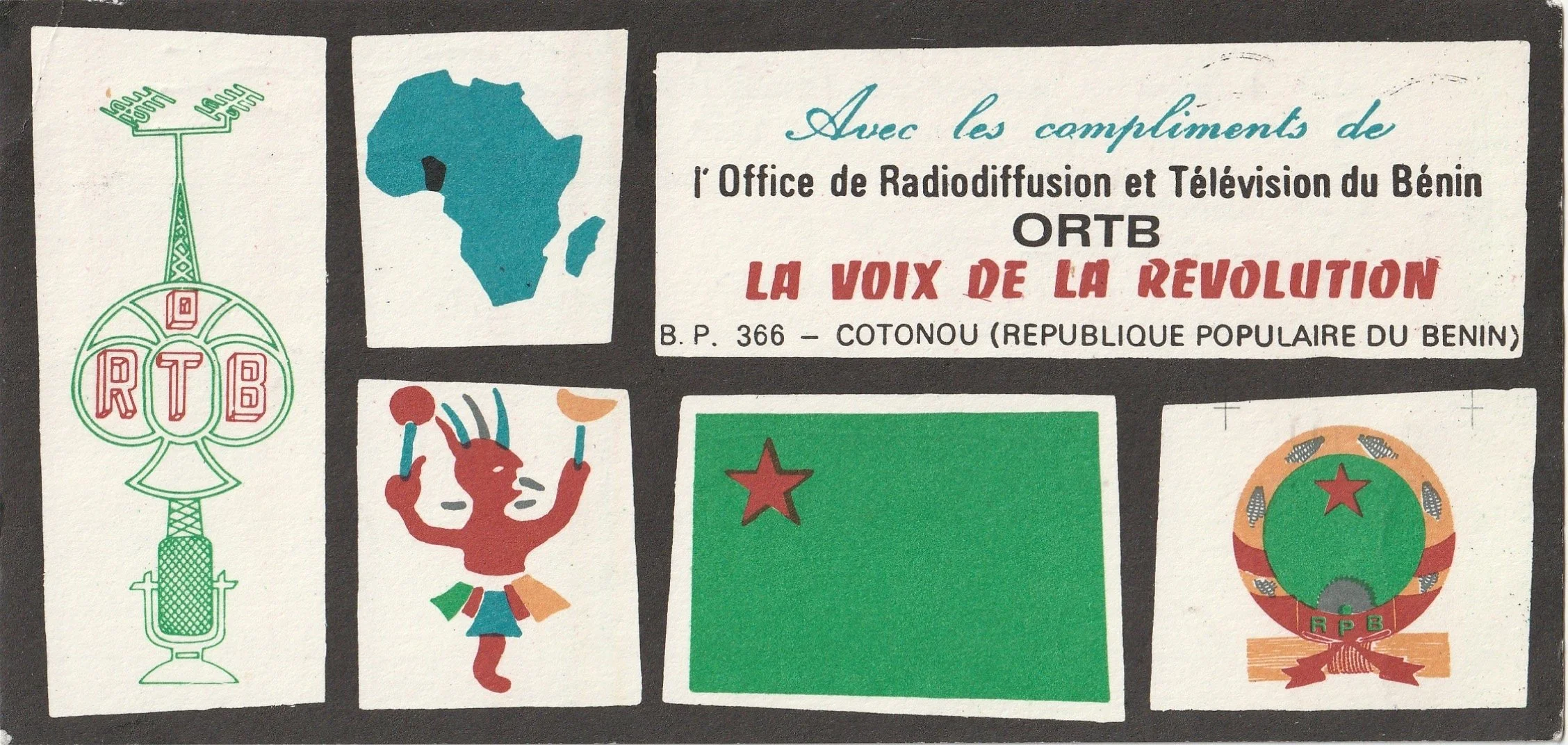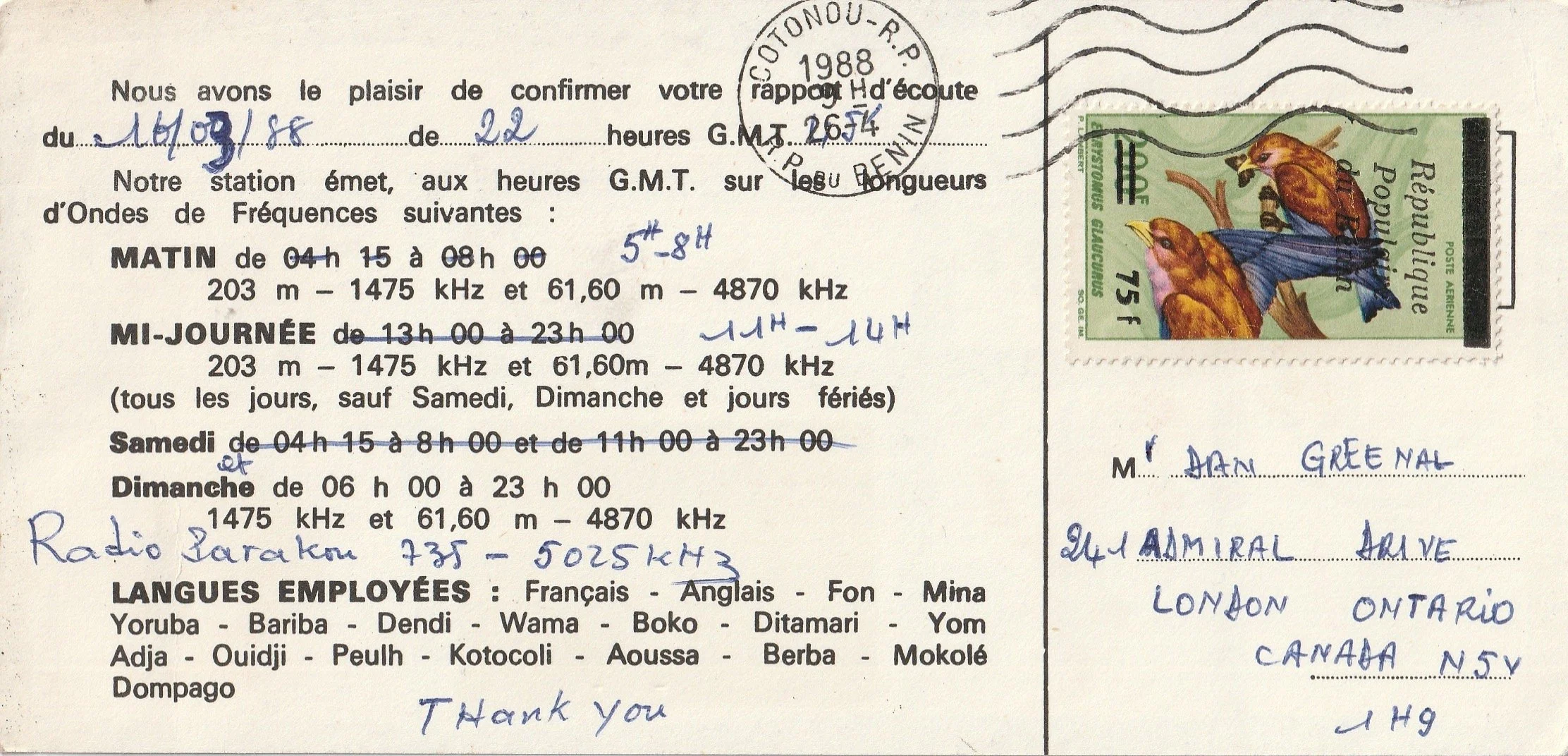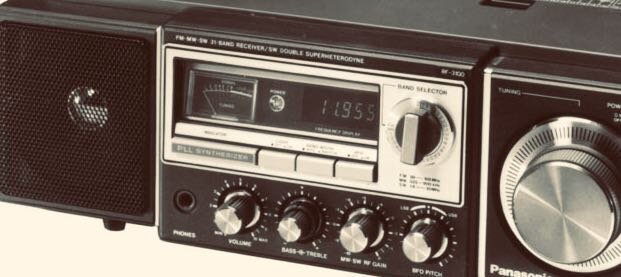Radiodiffusion du Dahomey: Circa 1971
/Many thanks to SRAA contributor, Dan Greenall, who shares the following recording and notes:
Broadcaster: Radiodiffusion du Dahomey, Circa 1971
Frequency: 4.870 MHz
Reception location: Ancaster, Ontario, Canada
Receiver and antenna: Hallicrafters S-52 using a longwire antenna
Notes: Prior to 1975, the country of Benin in West Africa was called Dahomey. This recording, made in 1971, is Radiodiffusion du Dahomey in Cotonou signing off for the day. While the signal level on 4870 kHz is only fair at best, the announcement in French can be heard giving frequency information followed by "Ici Cotonou, Radiodiffusion du Dahomey" just before the end of the recording. Reception location was Ancaster, Ontario, Canada and equipment used was a Hallicrafters S-52 and a long wire antenna.
Also attached is a short recording from the 1990's of Radiodiffusion Nationale du Benin in French with a voice announcement and ID just prior to sign off. Also on 4870 kHz, but using a Panasonic RF-3100 receiver and a long wire antenna in Thamesford, Ontario, Canada.

























